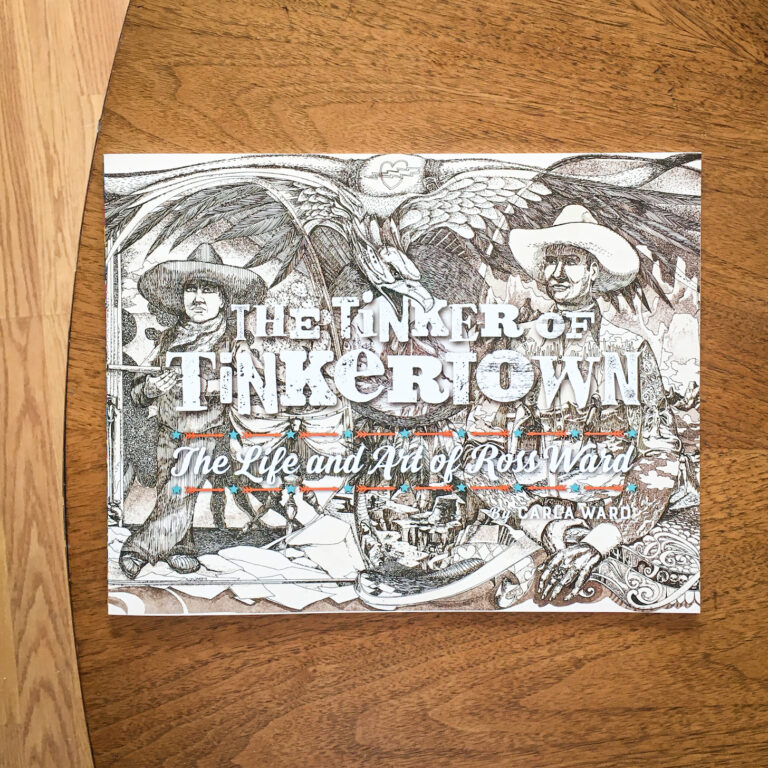Latest Article|September 3, 2020|Free
::Making Grown Men Cry Since 1992
4 min read
To hear artist and professor Kathryne Cyman describe it, working with ceramics is not just art, it is holy.“When I work in ceramics, I am connected to everything beyond myself,” she said in a phone interview with Weekly Alibi. “It crosses time and culture and medium. I interact with all of the elements—earth, wind, fire and water. It’s something the came before me and it is something that will continue on after me.”Cyman, who has taught art at the University of New Mexico in the Fine Arts Department for 30 years, is one of two ceramicists featured in joint works in porcelain clay, in the third window of the Resilience exhibit opening on Friday, Feb. 8, at Patrician Design in Albuquerque. A reception to kick off the event will be held at the interior design studio at 216 Gold Ave., starting at 5:30pm.The other featured artist is Jordyn Benicke, 22, a former student of Cyman’s.Resilience is a four-part show funded by a grant from the Albuquerque Arts and Culture District, and curated by fellow ceramicist and part-time Patrician Design curator Helen Atkins. The first window of the installment featured Atkins’ own work. The second window featured Cyman and Bernicke doing invidual works. The fourth window, opening March 8, will feature the work of ceramicist Staci Drangmeister.The overall theme of the show underscores the parallels between the resiliency of clay and the resiliency of women, said Atkins. “It is very clearly a metaphor, because society forces us, as women, to be flexible, and clay, in its raw state, is very maleable and flexible,” said Atkins. “But once we have been put through the fire of experience, and become fortified and strong from our trials, we become powerful and unmoving as stone.”“It’s funny because people think of porcelain and they think fragile or delicate, when in fact porcelain is the sturdiest of the clays,” said Benicke.She described how she began her career in ceramics as a mosaic artist and a painter, but grew drawn to ceramics. “When I began to work in clay, I was immediately drawn to it,” she said. “Unlike tiles or paintings, you can recycle clay at any moment. You don’t have to be connected to the outcome. It can be anything, it will change on its own. I like the way it feels in your hand, and the way it forces you to let go of the need to control everything. It is very therapeutic that way.”Cyman says that the spiritual power in releasing the need to control process and outcome are part of an Eastern tradition out of which she draws inspiration in her own work. She also said working with pottery connects her to humanity throughout the ages.“Some of the oldest pottery in the world goes back 10,000 years,” she said. “It was women who first sat around the hearth and fire and worked within a dwelling to create the first clay vessels. The idea for me of the resilient nature of making a clay vessel, not a sculpture, a vessel, something utilitarian, that we use as a material culture in daily life, in a way I think is transforming for women. It represents our connection to home, our connection to society. The resilience for me comes into play because as women we struggle so much with how we are perceived in Western society, and there is a similar struggle in the clay itself. We endure and overcome. We never go away, we just keep on. It’s a meaningful way to live, though difficult, it is very meaningful for me to be part of something so much greater than myself in a personal and familiar way.”








